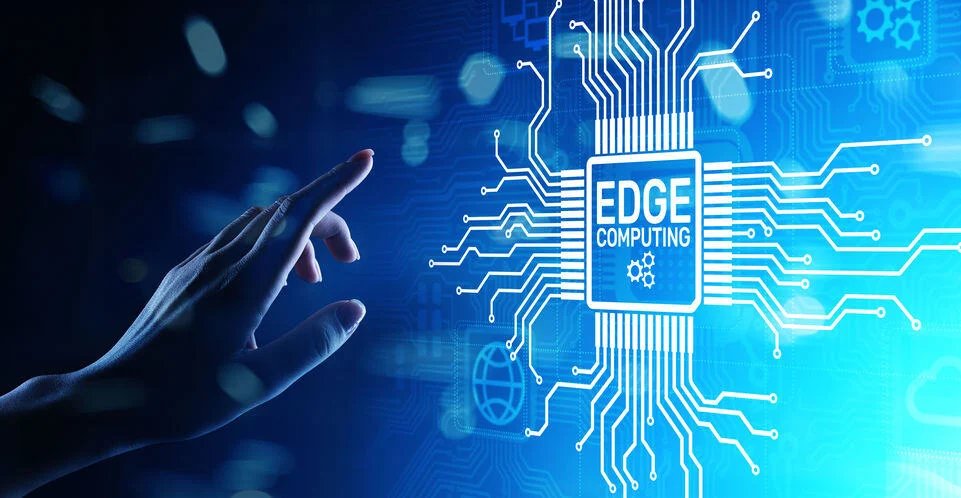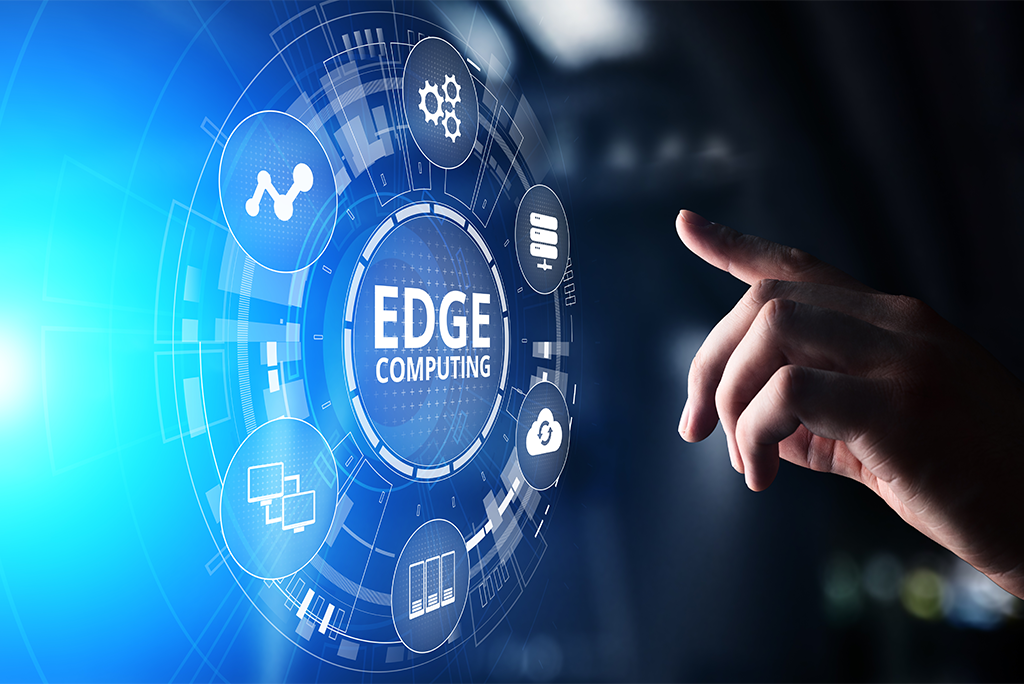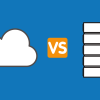Edge computing represents a fundamental shift in how we process and manage data, moving computation from centralized cloud servers to the network’s edge, closer to where data is generated and consumed. This distributed computing model is rapidly becoming the backbone of our increasingly connected world, addressing critical challenges that traditional cloud computing cannot efficiently solve.
At its core, edge computing brings data storage, processing, and analysis closer to the point of origin, whether that’s IoT sensors, smart devices, or regional data centers. Unlike traditional cloud computing, where data must travel potentially thousands of miles to centralized servers for processing, edge computing minimizes this journey by handling computation locally or at nearby edge nodes. This proximity dramatically reduces latency, enabling near-instantaneous responses that are essential for time-sensitive applications like autonomous vehicles, industrial automation, and real-time analytics.
The technology emerged from the growing limitations of centralized cloud architectures in handling the explosive growth of IoT devices and real-time applications. With billions of connected devices generating massive amounts of data at the network’s edge, traditional models face significant bottlenecks in terms of bandwidth, latency, and scalability. Edge computing solves these challenges by distributing computational resources across multiple edge devices or data centers, creating a more efficient and responsive infrastructure.
What makes edge computing particularly compelling is its ability to enable real-time decision-making without constant dependence on cloud connectivity. This is especially crucial in scenarios where split-second responses can mean the difference between success and failure, such as in healthcare monitoring, smart grid management, or autonomous vehicle navigation. As we move toward an increasingly connected future with smart cities, Industry 4.0, and the Internet of Things, edge computing provides the technological foundation necessary to support these innovations effectively.
Key Benefits Driving Edge Computing Adoption
Reduced Latency and Enhanced Performance
The most significant advantage of edge computing is its ability to dramatically reduce latency by processing data locally rather than sending it to distant cloud servers. This reduction in data travel time enables near-instantaneous responses, which is critical for applications requiring real-time decision-making. In autonomous vehicles, for example, the difference between cloud and edge processing could be measured in milliseconds that determine safety outcomes.

Bandwidth Optimization and Cost Efficiency
Edge computing optimizes bandwidth usage by processing data locally and only transmitting essential information to central servers. This approach significantly reduces data transmission costs and alleviates network congestion, making it particularly valuable for organizations dealing with large volumes of data from IoT devices and sensors.
Enhanced Security and Data Privacy
By keeping sensitive data processing local, edge computing reduces the risk of data breaches during transmission and ensures better compliance with data privacy regulations. This is especially crucial for industries like healthcare and finance, where data security is paramount.
Transforming Industries Through Real-Time Intelligence
Manufacturing and Industrial Automation
Edge computing enables predictive maintenance, quality control, and worker safety monitoring in manufacturing environments. Smart cameras and sensors can detect equipment anomalies, identify defects on production lines, and monitor potential hazards in real-time, improving operational efficiency and reducing downtime.
Healthcare Innovation
In healthcare, edge computing powers diagnostic imaging, patient monitoring, and surgical assistance applications. By processing visual and sensor data locally, hospitals can make faster, data-driven decisions while maintaining strict compliance with privacy regulations.
Retail and Customer Experience
The retail sector leverages edge computing for automated checkout systems, personalized shopping experiences, and loss prevention. Real-time inventory management and customer behavior analysis become possible without the latency and costs associated with cloud processing.
The Future of Edge Computing
Looking ahead to 2025 and beyond, edge computing is poised to become the foundational technology for AI innovation in enterprises. As AI applications become more sophisticated and data-intensive, the cost-prohibitive nature of cloud-based processing will drive organizations toward multi-layered edge infrastructures. The integration of Infrastructure as Code and Kubernetes orchestration will bring cloud-like simplicity to edge environments, making deployment and management more streamlined.
Computer vision applications will expand beyond retail into healthcare, logistics, and manufacturing, powered by edge computing’s ability to process visual data in real-time. The technology will also support the growing ecosystem of IoT devices, autonomous systems, and smart city initiatives that require immediate data processing and decision-making capabilities.
Edge computing isn’t just a technological trend—it’s the essential infrastructure that will enable our connected future, making real-time intelligence accessible across industries and applications.




